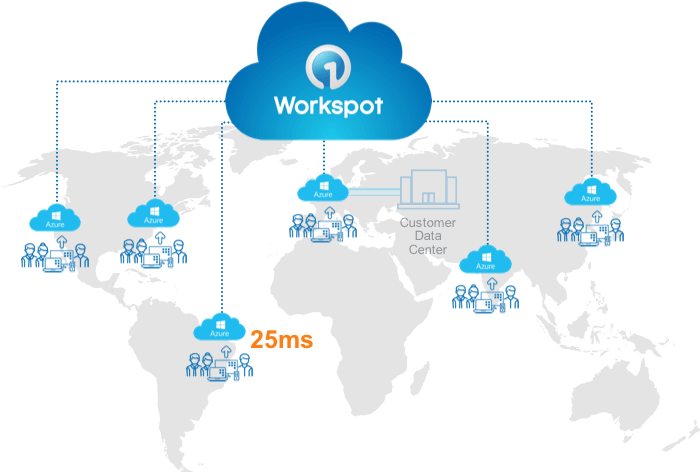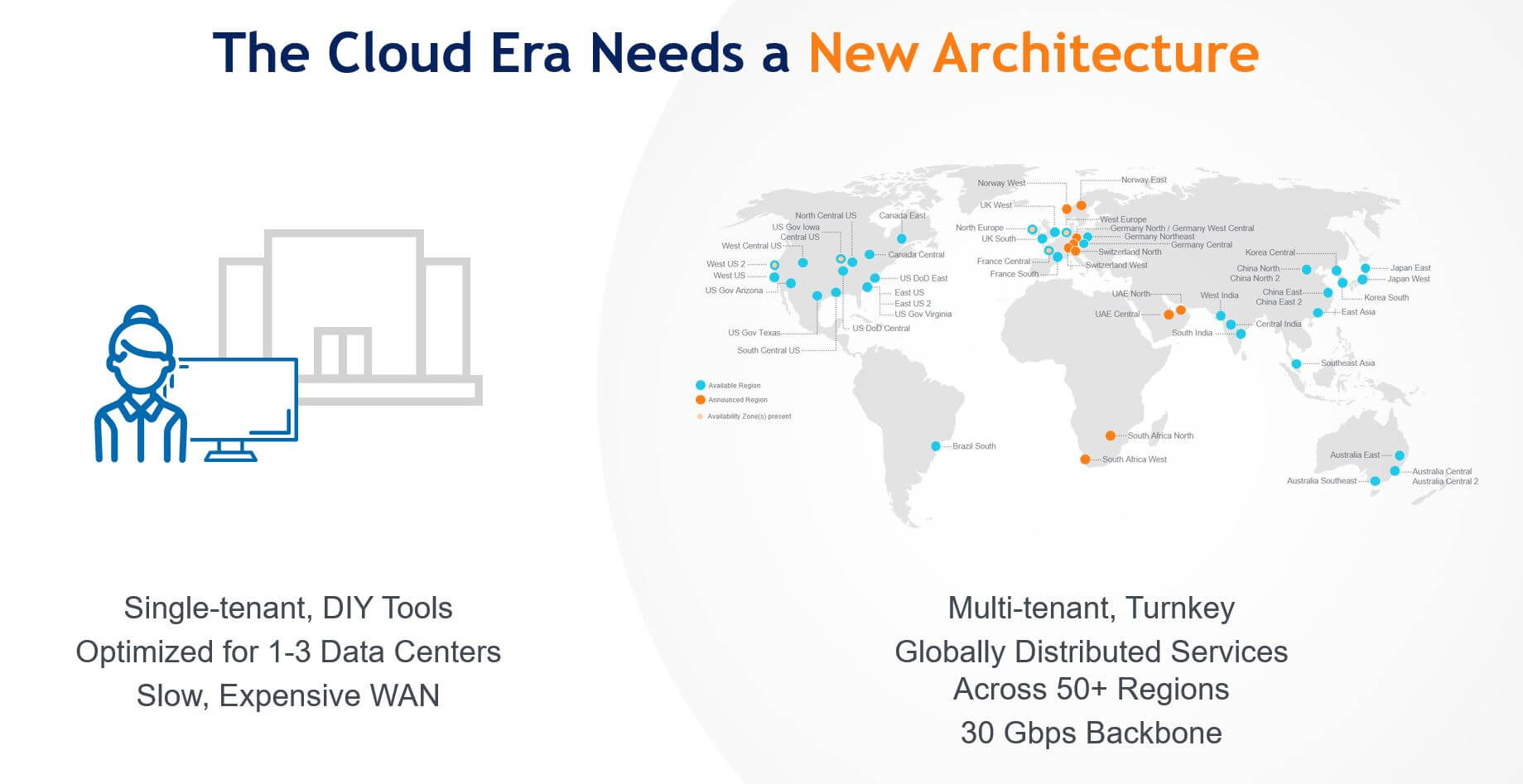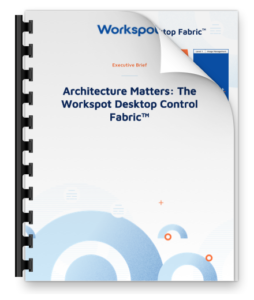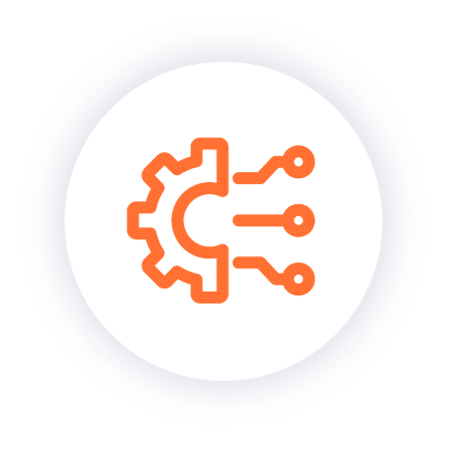Can a Private Cloud Keep Up with the Public Cloud?
November 8, 2018
We all know the huge impact the big 3 public cloud players – Amazon, Google and Microsoft – are having on how IT services are delivered to organizations of all sizes. There are still private clouds in use too; you can have a private cloud on-premises in your own datacenter, or you can have a service provider handle your private cloud for you. Either way, by definition a private cloud is on a private network and that infrastructure is dedicated to your organization. So with public clouds going mainstream, when would you use a private cloud and are there any advantages in doing so? Can the private cloud keep up with the public cloud providers to provide the kinds of services, security and scale you need? Let’s take a look at cloud evolution and the considerations for the future.
Public Cloud Gen1 (2006)
The benefits of the first generation public clouds were elasticity and self-service. Developers could spin up a new application by themselves, quickly, and with very little expense on the public cloud. If the application drew more demand, they could scale up the service automatically. The first set of workloads developed for the public cloud were consumer applications such as Netflix and Dropbox.
The hallmarks of these apps – self-service and elasticity – are very difficult to achieve with on-premises data centers. That’s because developers have to submit proposals for compute resources with plans for expansion. IT has to allocate capacity from existing infrastructure or requisition new infrastructure which means large capital expenditures and up-front costs. The lead times to fulfill requests can often be months. Naturally this has led to more developers adopting the on-demand public cloud service, because scalability speed and ease means a greater chance of application success.
Public Cloud Gen2 (2011)
Enterprise customers were reluctant to adopt the first generation public cloud. The biggest fears were related to security and data sovereignty. Over time though, enterprise customers who wanted the benefits of lower capital expenses, faster time to value, and greater business agility started looking at the public cloud more carefully. With so many years of experience with rights management, governance, and systems monitoring, public cloud providers were able to alleviate security concerns, and customers realized the sophistication of the security processes, personnel, and monitoring tools in place at public cloud providers. As security capabilities have continued to evolve, most CIOs now agree that the public cloud providers can do a better job securing corporate information assets than they could do using in-house resources, and so enterprise adoption of public clouds began to grow.
During this era and after years of dismissing public cloud viability, many infrastructure vendors attempted to provide self-service, metering and elastic capabilities with tools such as OpenStack and CloudStack. It proved difficult, however, for on-premises, private cloud infrastructure to match the pricing and the vast capabilities of public clouds offering hundreds of services.
Among the robust set of cloud services growing in popularity during this time were turnkey, multi-tenant services built for generation 1 and 2 public clouds such as Azure SQL Database, Amazon EMR, and many others. While enterprise interest in the notion of “information technology as a service” accelerated, interest in private clouds marched on too, but many savvy CIOs began to realize that running their own data centers or even outsourcing them to tier 2 service providers would not and could not take their businesses where they needed to go.
Public Cloud Gen3 (2016)
The year 2016 marks the beginning of the third generation of public clouds, and it’s a really exciting time! As even the largest enterprise customers struggle to run 3-5 data centers, there is widespread consensus that running an on-premises data center is not strategic to most companies’ evolution and growth. These data centers are connected with expensive 10-100Mbps leased lines, the personnel required to “keep the lights on” limits more strategic use of those valuable IT resources, and consequently, CIOs begin taking a hard look not only at the overall cost involved in managing all that infrastructure, but perhaps more importantly, they’ve come to see how on-premises infrastructure is actually limiting corporate growth. Having done this due diligence, most IT leaders begin taking their organizations down a different path during this time, and migration to the public cloud accelerates faster than anyone really expected.
When you compare the capabilities of an on-premises data center to Microsoft Azure, making the case for continuing to maintain on-premises infrastructure becomes pretty tough. With Azure, every organization has instant access to 50+ regions around the world, all connected with a 30-40Gbps internet backbone. How is that kind of scale ever going to happen on-prem? This is a globally distributed architecture that has never existed before, and it offers customers exciting, new opportunities. A private cloud just can’t keep up.

Planet-scale Workspot Desktop Cloud takes advantage of low latency to deliver amazing performance.
Planet-Scale Solutions Are Ready Now
Legacy on-premises solutions such as Oracle database, or even the first generation of cloud solutions like Azure SQL database did not take advantage of a globally distributed architecture, and that’s why they cannot serve customers well. They are stuck in the world of old architectures that can’t easily scale and therefore can’t keep up with the generation 3 public cloud solutions based on modern architectures.
New solutions are emerging to take advantage of the modern, globally distributed architecture. One of the first is the new database service from Microsoft called Azure CosmosDB. It is a planet-scale, globally distributed multi-modal database. How cool is that?

The architecture for the cloud era is globally distributed.
Planet-Scale, Turnkey VDI
Just as Microsoft is delivering a new generation of cloud service with Azure CosmosDB, Workspot is delivering the newest generation of VDI solutions, also based on a globally distributed architecture. Similar to that old Oracle database, the first generation of VDI solutions were also on-premises. They were complex to deploy and troubleshoot, expensive to buy and maintain, and they delivered poor performance. Equally as important is that these solutions devoured IT resources and stymied corporate growth. The second generation of VDI solutions were definitely better – they were turnkey and multi-tenant – but these solutions did not take advantage of the globally distributed architecture of the public cloud. The third generation of VDI solutions, such as Workspot Desktop Cloud, were built from the ground up to be multi-tenant, turnkey, and planet-scale. Today, a Workspot customer can deploy virtual desktops and applications in any cloud region in the world, in minutes, and then scale it almost limitlessly. Not only has this never been possible before, but the possibilities these solutions present to customers for corporate growth are exciting and unprecedented.
If you’d like to learn more about what a turnkey cloud PC service based on a globally distributed architecture can do for your business, we can show you how it works in just 15 minutes.. When you do, your organization’s future will look very different; let’s talk about the possibilities!



